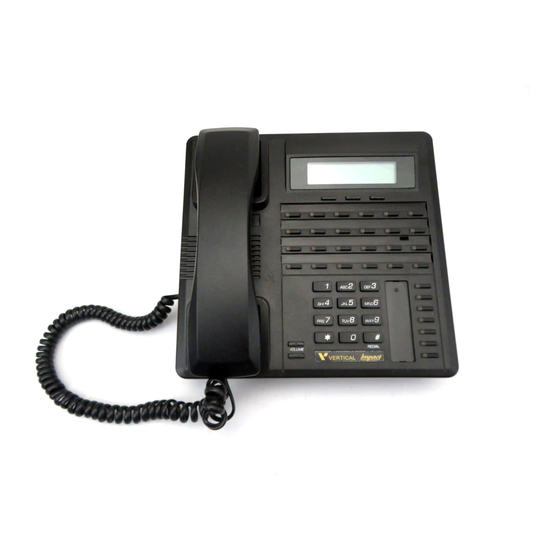
Comdial DXP Plus Series User Manual
Lcd speakerphone station
Hide thumbs
Also See for DXP Plus Series:
- Manual (1176 pages) ,
- User manual (56 pages) ,
- Attendant manual (174 pages)







Need help?
Do you have a question about the DXP Plus Series and is the answer not in the manual?
Questions and answers
how do i change the time on my phone